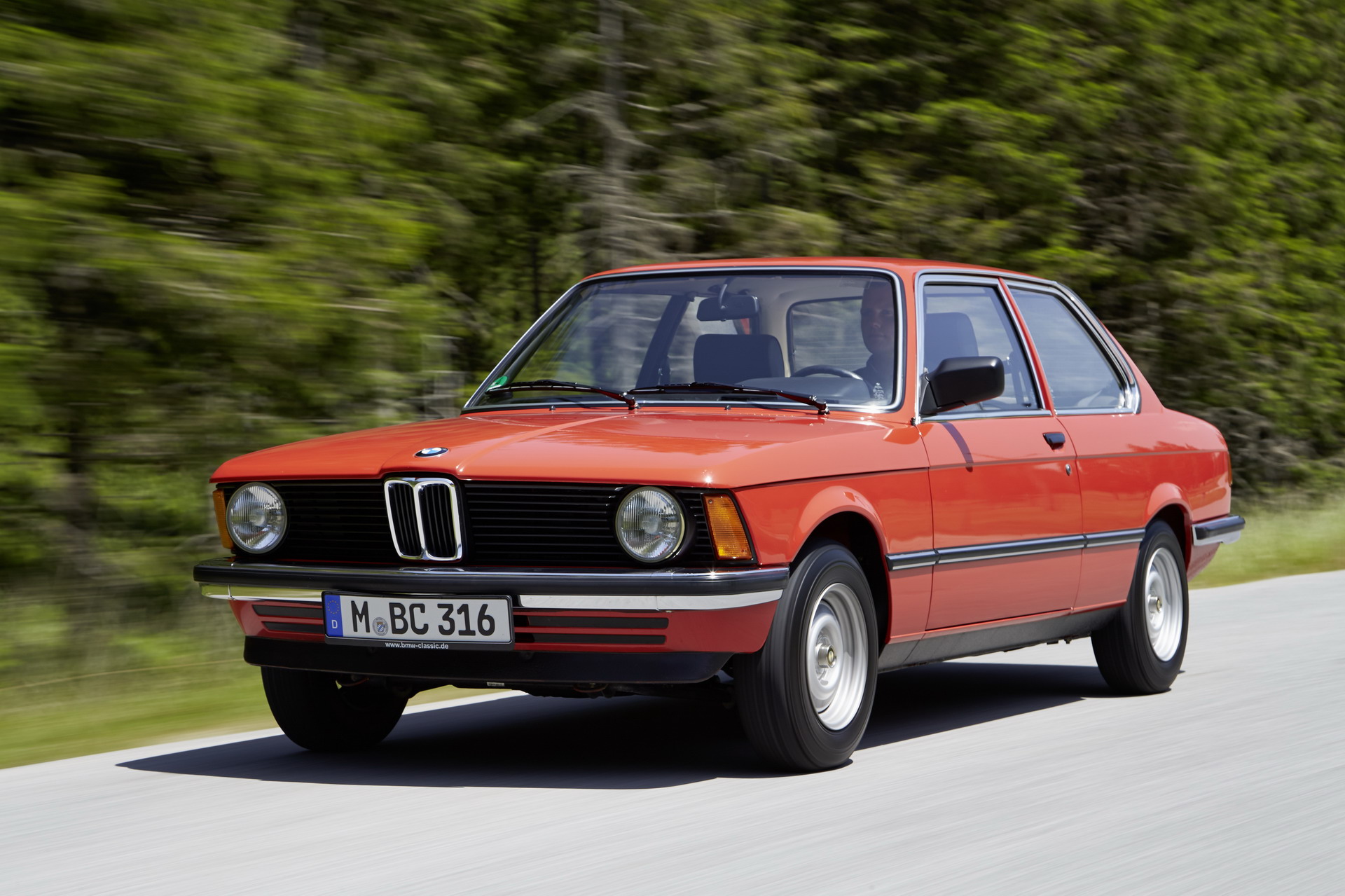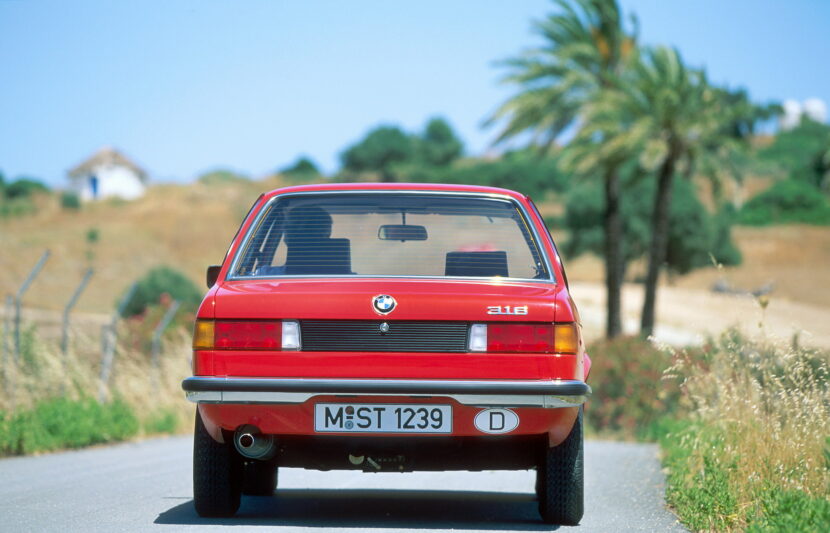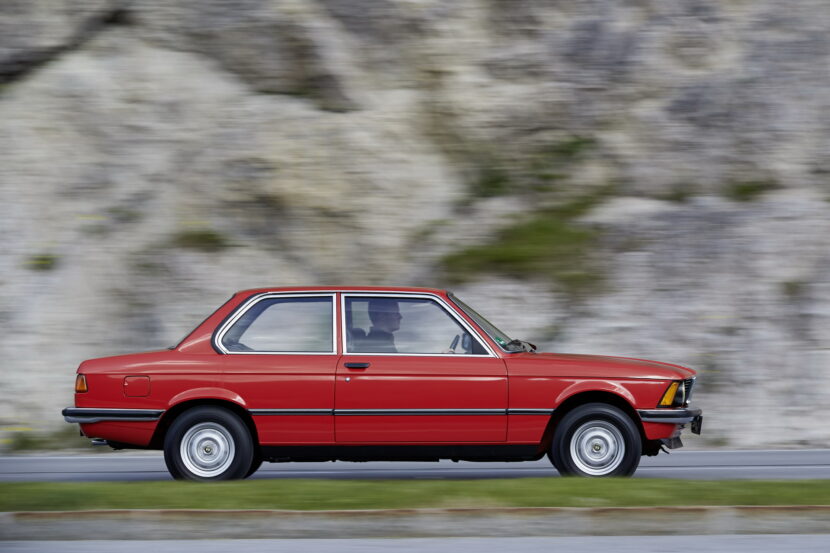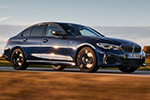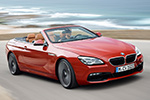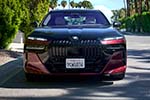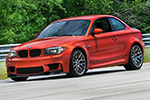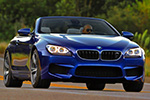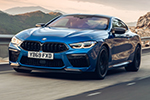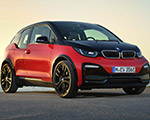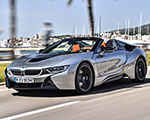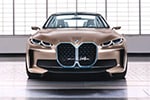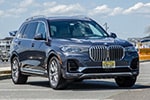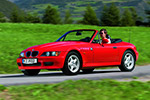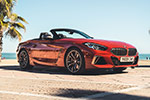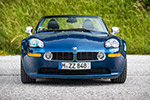As many of our readers may be aware, BMW is celebrating the 50th anniversary of the 3 Series this year. The first-generation 3 Series, codenamed E21, debuted just before the 1975 International Motor Show (IAA) in Frankfurt, replacing the 02 Series, which had established BMW’s identity as a performance brand and put the company on the map in America. While the 02 Series still has a richer heritage than the E21, the latter offered a more refined driving experience and helped BMW navigate the safety, environmental, and fuel crises that disrupted the automotive industry in the 1970s and 1980s.
Moreover, the E21 3 Series also paved the way for BMW’s current success. After all, there have now been seven generations of the 3 Series, and in 2023, it was BMW’s second best-selling model after the X3 SUV. In fact, owing to the halo factor of the M3, the 3 Series is even more important than the X3 in terms of brand development.
Design, Performance and Engineering
BMW only offered the E21 as a two-door coupe, leaving buyers who wanted a four-door sedan to consider the E12 5 Series which came three years before the E21 and also spawned the 218 horsepower high-performance M535i variant (which was succeeded by the first-ever M5).
Nonetheless, both the E12 and the E21 were designed by Frenchman Paul Bracq, who was BMW’s design director from 1970 to 1974. Incidentally, he also worked for Mercedes-Benz and Peugeot. Bracq ensured that the E21’s exterior evolved from the 02 Series, featuring a sporty, clean silhouette, slim kidney grilles, and the trademark Hofmeister kink. Meanwhile, the interior had a driver-focused cockpit that was intended to emphasize BMW’s focus on performance and further differentiate the marque from Mercedes-Benz and Cadillac.
Some critics claimed the E21’s handling didn’t fully match its sporty image. They argued that it felt softer than the 2002 and became difficult to control at the limit. Meanwhile, U.S. emissions regulations restricted American buyers to four-cylinder models, meaning they missed out on the range-topping 323i. Hence, they missed out on the range-topping 323i, which featured the M20 2.3-liter straight-six engine that generated 143 horsepower and achieved a 0 to 60 mph time of 9 seconds.
Admittedly, the 323i was still inferior to the 2002 Turbo — which produced 170 horsepower and went from 0 to 60 mph in just 7 seconds – but it offered a noticeable improvement over the four-cylinder 320i.
Sales Success and an Underrated Classic
Bear in mind that the 2002 and other “New Class” vehicles saved BMW from going bankrupt, and the E21’s successor, the E30, had a more attractive line-up, including the first-ever M3. So the first-gen 3 Series eventually got overshadowed by its predecessors and successor. Otherwise, it was a major commercial success. Indeed, the E21 surpassed 1 million sales in just six years and ended production with over 1.3 million deliveries (of which, 4,595 were cabriolet models built by Stuttgart-based coachbuilder Baur).
If that weren’t enough, a 1980 survey found that 80 percent of E21 owners stated that they would not change a single aspect about the vehicle, validating the notion that the market received the 02 successor more positively than reviewers. Again, the E21 will never be as iconic as the 2002 Turbo or the E30, but the point is that it was never an undesirable car and in fact, many BMW enthusiasts continue to treasure it.
Case in point: A Hagerty analysis last year revealed that E21 values have risen in recent years, with Millennials and Gen X showing the most interest. Not only that, a modified E21 that could complete a quarter-mile in 12 seconds won Radwood’s 2024 Car of the Year award. And not to forget, the Design Museum London named the E21 as one of the 50 cars that “changed the world.” So at the end of the day, the E21 3 Series, though often overlooked, is a classic in its own right and will always be an important part of BMW’s legacy.


